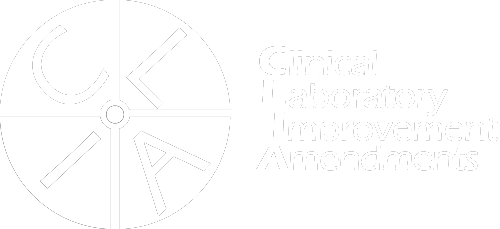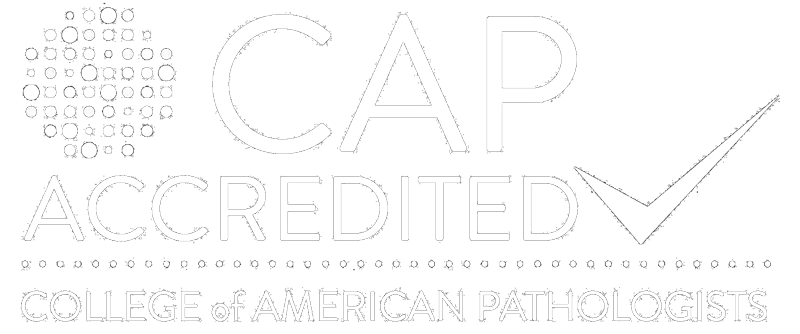Richmond, Va. – Accurate and reliable testing results are crucial in the criminal justice system. Evidence-based practices (EBP) have shown repeatedly that laboratory results, often the only objective data in a treatment court program, are the most effective way to guide treatment court participants towards recovery. It is critical that drug testing in treatment courts follow EBPs because there are real life implications for inaccurate tests.
In treatment court, drug test results can be a driver for incentives and sanctions. When those consequences, good or bad, are not in line with reality due to a false positive or negative, the impact on participants can be profound. A false positive can engender learned helplessness, whereas a false negative can endanger public health and delay interventions. Holding someone accountable to a test only reinforces the idea that tests need to be accurate. This is something often lacking from instant tests.

While instant tests can provide results in minutes, they are wrong roughly one out of four times when a substance is within 25% of the cutoff level. For this reason, instant tests often require confirmation testing, which can be timely and costly. Laboratory screens, on the other hand, are significantly more accurate and therefore require fewer confirmations. This lower confirmation rate saves programs money in the long run and builds more trust and accountability into programs.
By reducing the number of false positives, courts and participants can avoid:
Life disruption. When sent to jail, individuals no longer have things like privacy or liberty, including choice in who they share their personal space with. On entering jail, individuals are searched and forced to adapt to a strict schedule. Cells often are small, about the size of king bed, with at least two people living in them, sometimes more. The more time someone spends incarcerated, the more likely they are to become “institutionalized” or to accept life in jail as normal. While institutionalization takes time and varies person to person, younger inmates tend to become institutionalized faster than adults. No matter what speed institutionalization occurs at, the results can include hypervigilance and suspicion, social withdrawal, diminished sense of self-worth, and even post-traumatic stress.
Job or home loss. When someone is sent to jail as a result of a positive drug test, they often face losing their job or home because they are unavailable to work or can’t pay bills on time. Depending on how long they are incarcerated, the opportunities they have to fix these instances can be limited. In some cases, a judge will elect to send someone to jail only over the weekend or days they are not scheduled to work. This enables the court to sanction someone who has not followed the rules, while minimizing general life disruption so as to keep them on the path towards recovery. However, even weekend sanctions are only as effective as the test result. In the instance of a false positive, an individual can face sanctions or job or home loss despite maintaining their sobriety, which can lead to feelings of anger or betrayal.
Losing children to foster care. One of the most potentially harmful things that can happen as a result of a false positive is the separation of parents from children. Not only does this hurt the parent, both emotionally and psychologically, but it can hurt the child even more. Parents in treatment courts and programs are sometimes separated from their children at the beginning of their program until they are further into treatment with some more stability. This can be helpful for both them and the kids – a stable parent makes a big impact. However, unnecessarily separating a child from their parents can lead to shame, social stigmas, loss of financial support, weakened relationships with that parent, poor school performance, increased delinquency from the child, and increased risk of abuse or neglect.
With Averhealth as your drug testing partner, you get all the experience that comes from a company which has been doing substance use disorder monitoring for nearly 25 years. By meeting evidence-based practices, Averhealth brings to the table a strong history; forensically defensible results with a 97% accuracy rate, delivered next-business day; and collection procedures that treat your clients with respect and dignity.



